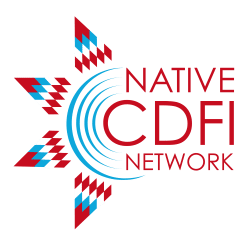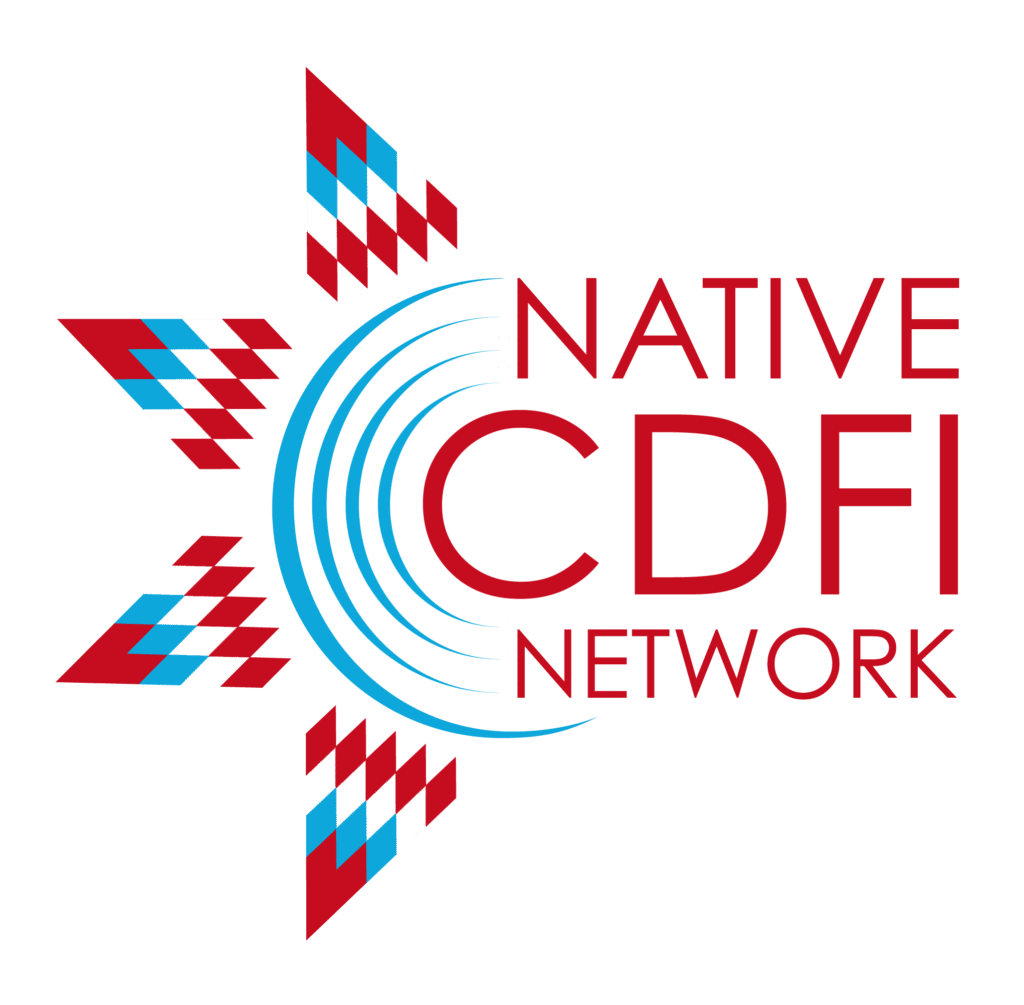Last week, the Federal Reserve, Federal Deposit Insurance Corporation, and Treasury’s Office of the Comptroller of the Currency released their long-awaited new Final Rule designed to modernize and enhance the federal government’s administration of the Community Reinvestment Act (CRA).
To view the new CRA Final Rule, please click here.
To read the CRA Final Rule Fact Sheet, click here.
To read the Interagency Overview of the CRA Final Rule, click here.
Initial Analysis of the CRA Final Rule:
The Native CDFI Network (NCN) submitted public comments on the CRA Notice of Proposed Rulemaking in August 2022 demanding that the new CRA Final Rule strongly incentivize or compel banking institutions to invest in Native communities to receive CRA credit.
Based on the focus of NCN’s comments and the priorities the organization shared for how the CRA regulations should be strengthened to better serve Indian Country, the Final Rule overall represents a marked improvement over the current regulations, yet some priorities were not included in the new regulations.
“The existing CRA has utterly failed Native nations and communities, enabling banks to achieve high CRA marks while actively avoiding doing business in and with Indian Country,” said NCN CEO Pete Upton. “This new Final Rule represents a positive step forward in righting this longstanding wrong, but the devil will be in the details of how the three agencies partner with NCN, tribal governments, and other leading Native organizations to hold banks accountable to investing in Indian Country in accordance with both the letter and the spirit of the CRA.”
Although the effective date of the final rule is April 1, 2024, the applicability date for the majority of the provisions is January 1, 2026, including the Native Land Areas provisions. Banks will have until January 1, 2027, to comply with the reporting requirements. According to the agencies, they expect to issue supervisory guidance, including examination procedures, to promote clarity and transparency regarding implementation of the Final Rule. In addition, the agencies plan to conduct outreach and training to facilitate its implementation.
Below is a brief analysis of five key aspects of the CRA Final Rule that are particularly relevant to Indian Country and Native CDFIs:
Native CDFIs and full CRA credit for community development loans, community development investments, and community development services: A bank will receive full credit for its entire loan, investment, or service if it involves a Treasury-certified Native CDFI (emerging, non-certified Native CDFIs would not qualify) (see pages 1042 and 1051).
Establishment of “Native Land Areas” (NLAs) as a stand-alone CRA place-based category investment area: The Final Rule defines NLAs to “include any land held in trust by the United States for tribes or Native Americans or tribally-held restricted fee land. This change more clearly effectuates the agencies’ intent in the proposal to include in the definition both individually- and tribally-owned restricted fee lands as well as land held in trust by the United States for both tribes and individuals” (see page 101). Despite NCN’s request, the definition of NLAs does not include the parts of the formal service areas of certified Native CDFIs that fall outside of the lands defined above. In addition, the Final rule adopts language for revitalization or stabilization activities in Native Land Areas, which must benefit or serve residents of Native Land Areas, “with substantial benefits for low- or moderate-income individuals” (see page 1059).
Impact and responsiveness review factors: Two of the 12 factors considered in evaluating the impact and responsiveness of a bank’s community development loans, community development investments, and community development services include whether the community development loan, community development investment, or community development service (1) “supports a…CDFI, excluding certificates of deposit with a term of less than one year” and (2) “benefits or serves residents of Native Land Areas” (see page 1062).
Area median income (AMI): As the agencies explain, they “considered comments [including from NCN] that the 50 percent area median income threshold used for this impact and responsiveness factor…will exclude some impactful and responsive activities from consideration under this provision…However, the agencies continue to believe that using a 50 percent area median income standard for low-income throughout the regulation is important to reduce complexity and confusion, and that a 50 percent of area median income appropriately tailors the impact and responsiveness factor to address hard-to-serve community development needs” (see page 310). In its comments, NCN stressed that “Native nations and communities have a pressing need to attract and retain working professionals to strengthen and grow their economies. Without appropriate housing and homeownership opportunities that provide these professionals with safe, quality places to live, Native nations and communities risk losing out on their services. These individuals typically are making above 80% of area median income (AMI) and often over 120% of AMI. In addition, with Native nations and communities often located in the poorest areas of the United States, an income of 120% of AMI is still often inadequate to purchase a home.” Meanwhile, the Final Rule defines moderate income as “individuals, families, or households, income that is at least 50 percent and less than 80 percent of the area median income; or (ii) For a census tract, a median family income that is at least 50 percent and less than 80 percent of the area median income” (see page 1045).
Disclosing HMDA data by race and ethnicity in large bank CRA performance evaluations: The Final Rule requires the agencies “to publish on their respective websites certain information related to the distribution by borrower income level, race, and ethnicity of a large bank’s home mortgage loan originations and applications in each of the bank’s assessment areas. This disclosure would leverage existing data available under the Home Mortgage Disclosure Act (HMDA)” (see page 11). The rule further states that “the agencies note that the final rule provision does not include requirements for home mortgage lending data related to borrower race and ethnicity. Therefore, because the agencies will not have information on race and ethnicity related to these expanded data, the agencies cannot publish said information as suggested by commenters” (see page 941). The rule also “requires large banks that are HMDA reporters to collect and maintain the location of each home mortgage loan application, origination, or purchase outside the metropolitan statistical areas (MSAs) in which the bank has a home or branch office, or outside any MSAs” (see page 940). In addition, the agencies are adopting and implementing certain data requirements for certain non-HMDA reporters, specifically requiring “a large bank that is not a mandatory HMDA reporter due to the location of its branches but that otherwise meets the HMDA size and lending activity requirements to collect and maintain the mortgage loan data necessary to calculate the retail lending volume screen and distribution metrics… (see page 941). Finally, in response to commenters and the agencies’ further review, the agencies are including “the census tract as part of the data a bank is required to collect and maintain for the specific location information of the community development loan or investment (see page 956), a critical step that will better enable the agencies, NCN, and other concerned Indian Country stakeholders to track and assess whether and to what degree a particular bank is investing in Native communities.
The CRA: Some Important Context:
Congress passed the CRA in 1977 to encourage banking institutions to serve the credit needs of the communities in which they operate, specifically low- and moderate-income areas and populations. The Act also aimed to curb discriminatory credit and lending practices against those populations, a practice commonly known as “redlining.” With many Native communities located in the poorest parts of the country, and with a substantial percentage of the Native population deemed to be low or moderate income, the CRA on paper should have significantly enhanced the ability of Native nations, their enterprises, Native-owned small businesses, and Native consumers to access capital and credit through CRA-qualifying banking institutions.
Unfortunately, however, to date the CRA has utterly failed to compel or effectively incentivize banking institutions’ investment in Native nations and communities. Since its founding in 2009, NCN has collected extensive anecdotal evidence confirming that banking institutions’ redlining of Native nations and communities continues largely unabated, a dynamic exacerbated in recent years by the widely documented consolidation of the banking industry and the ensuing retraction of bank branches away from Native nations and communities.
NCN will be convening a conversation about the CRA Final Rule and how the federal government can effectively implement it at its upcoming Annual Policy and Capacity Building Summit in Washington, D.C. in December. Stay tuned for more details.

